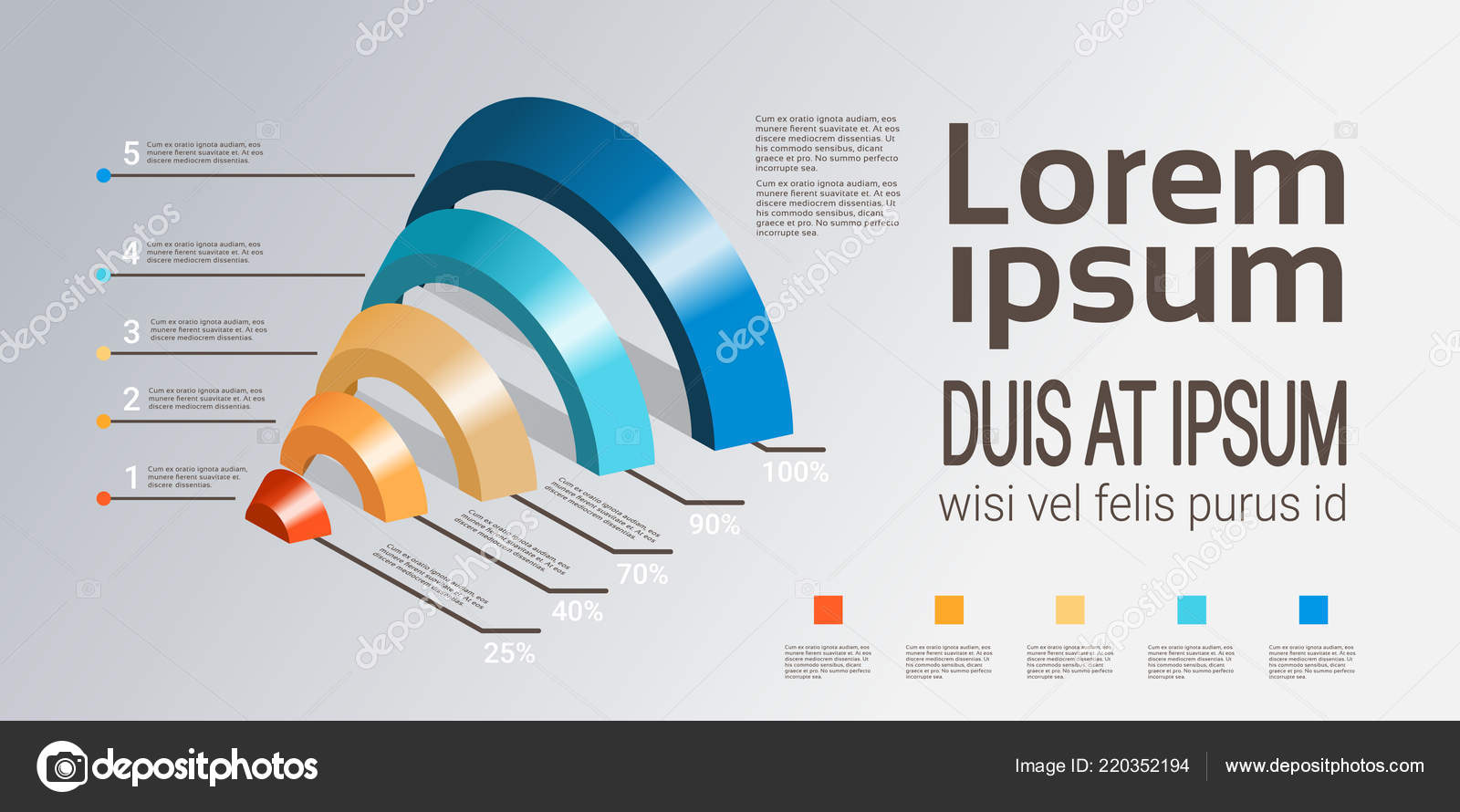Intrigued In Discovering Exactly How Site Design Has Altered For Many Years? Explore The Development From Fundamental, Simple Designs To User-Centered Methods That Prioritize The Needs And Choices Of On-Line Site Visitors
Intrigued In Discovering Exactly How Site Design Has Altered For Many Years? Explore The Development From Fundamental, Simple Designs To User-Centered Methods That Prioritize The Needs And Choices Of On-Line Site Visitors
Blog Article
Article Created By-Jonasson Cantu
In the past, websites were simple and focused on information. Navigating was direct, and design was for desktops. Currently, customer experience is essential. Information overviews layouts for very easy navigation. Responsive formats fit various tools. Today, dark mode lowers stress, and minimalist food selections boost navigation. https://www.business2community.com/small-business/create-the-right-digital-marketing-strategies-for-your-small-business-02425093 engage users, and strong visuals stick out. AI integration boosts engagement. See exactly how layout has actually developed to improve your on-line trip.
Very Early Days of Website Design
In the very early days of web design, simpleness preponderated. Websites were standard, with restricted shades, typefaces, and designs. The emphasis was on giving info as opposed to flashy visuals. Individuals accessed the net via slow-moving dial-up links, so rate and capability were vital.
Navigating food selections were straightforward, generally situated on top or side of the page. Web sites were designed for desktop computers, as mobile surfing had not been yet prevalent. Web content was king, and developers focused on very easy readability over intricate layout elements.
HTML was the key coding language utilized, and designers had to work within its constraints. Animations and interactive features were minimal compared to today's requirements. Web sites were static, with little vibrant content or customized user experiences.
Surge of User-Focused Design
With the development of internet site style, a change in the direction of user-focused style concepts has become increasingly noticeable. Today, developing web sites that prioritize individual experience is crucial for involving visitors and accomplishing company goals. User-focused layout includes understanding the demands, choices, and habits of your target market to customize the web site's layout, content, and features appropriately.
ada accessible website guidelines carry out extensive study, such as individual surveys and functionality testing, to collect understandings and responses straight from individuals. This data-driven strategy assists in creating instinctive navigation, clear calls-to-action, and visually appealing user interfaces that resonate with site visitors. By click here now at the facility of the style procedure, websites can deliver a much more tailored and pleasurable experience.
Responsive design has likewise emerged as an essential aspect of user-focused design, making certain that sites are optimized for different gadgets and display sizes. This adaptability enhances ease of access and usability, accommodating the varied methods customers engage with web sites today. In essence, the increase of user-focused design indicates a shift in the direction of producing digital experiences that prioritize the needs and expectations of the end user.
Modern Trends in Web Design
Discover the most recent fads shaping website design today. One noticeable pattern is dark mode layout, providing a streamlined and modern-day appearance while decreasing eye stress in low-light atmospheres. One more key trend is minimal navigating, simplifying menus and improving customer experience by focusing on essential elements. Including micro-interactions, such as animated switches or scrolling results, can develop a more appealing and interactive website. Responsive design remains vital, guaranteeing smooth customer experiences throughout different tools. Additionally, utilizing vibrant typography and asymmetrical layouts can include visual interest and draw attention to details web content.
Integrating AI innovation, like chatbots for consumer assistance or tailored suggestions, enhances user involvement and enhances processes. Accessibility has additionally become a significant trend, with designers prioritizing inclusive style methods to cater to varied individual requirements. Accepting ada compliance companies by enhancing internet site efficiency for speed and effectiveness is one more arising pattern in website design. Collaborating with user responses and data analytics to repeat and enhance design continuously is essential for remaining appropriate in the ever-evolving electronic landscape. By embracing these contemporary patterns, you can produce an aesthetically attractive, user-friendly site that reverberates with your target market.
Final thought
As you reflect on the development of website style from the early days to now, you can see how user-focused design has ended up being the driving force behind modern fads.
Embrace the journey of modification and adaptation in web design, always keeping the individual experience at the leading edge.
Remain present with the latest trends and technologies, and never ever quit evolving your strategy to produce aesthetically stunning and easy to use websites.
Progress, adapt, and create - the future of website design is in your hands.
